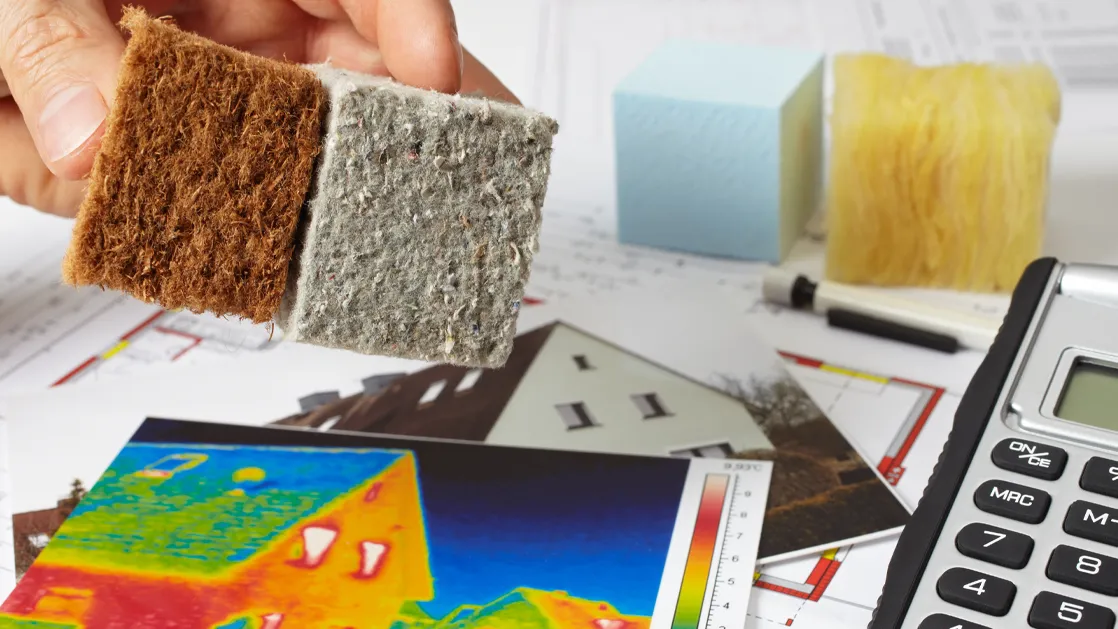Last time on the blog, we talked about how the perceived value of your home lies in direction correlation to the condition of your roof.
In this post, we are going to talk about what is under your roof: the attic. Or, to be more specific, we are going to talk about the insulation in the attic that keeps your home comfortable in different seasons and how to ensure your home is properly insulated.
We’ll break down the different ways insulation impacts your home, as well as how much you need and what you can expect to find in your home.
Insulation Does More Than Keep Your House Warm
You might not know it, but insulation is useful in the summer, even though its soft, puffy appearance might make it seem more appropriate for cold temperatures.
In the summer, proper insulation installation (say that a few times fast) in the attic will reduce the warm air in your home and save energy in the process so you’re not watching your electric meter spin while your air conditioning tries to keep the house cool.
This is accomplished when the insulation blocks the hot air from entering your home. By doing so, your house stays cooler longer and your air conditioning only comes on when absolutely necessary. In order to ensure your home is energy efficient, it starts at the top with the insulation.
Do I Need to Replace Insulation?
The short answer is no. As long as the insulation stays dry, it will last practically forever. Some different types of insulation can produce acid if it comes into contact with humidity, but we won’t delve into that right now. Additionally, water damage from roof leaks can lead to the degradation of the insulation. Mold will also lessen the performance.
But, again, if you keep it dry (which means taking care of your roof), you won’t have to replace it over the life of the home.
How Much Should I Add?
If you find yourself in a situation where you need to add insulation, it’s a good idea to take into account R-Value. R-Value is a measure of the insulation’s ability to resist heat traveling through it. In other words, the higher the R-Value, the better the insulation will perform.
In Michigan, if your attic doesn’t have insulation, ENERGY STAR recommends adding insulation with an R-Value of R49 to R60. If there is already insulation in the attic, the recommendation is to add R38 to R49.
If you live outside of Michigan, this handy guide will tell you how much you need to add, based on where you live.
It’s recommended you add a minimum of 12 inches to get the most out of your insulation. The R-Value can be found on the outside of the insulation when you are shopping for the right kind for your home, so it’s easy to spot.
As you can tell, insulation is an important part of the upkeep of your home. The U.S. Department of Energy estimates that 50 to 70 percent of the energy used in homes is used for heating or cooling activities. By making sure your home is properly insulated, you are putting you and your family on the right track to limiting your energy usage when you’re not thinking about it, and that’s putting money in your pocket.


